A Short Guide to Special Education in The US

In the US, 2.3 million students are diagnosed with specific learning disabilities (SLD) and this represents 35 per cent of all students receiving special education services.
Statistics by the Learning Disabilities Association of America show that 75 percent – 80 percent of special education students identified as LD have their basic deficits in language and reading.
Furthermore, 60 percent of adults with severe literacy problems have undetected or untreated learning disabilities.
It is important to note that unfortunately learning disabilities cannot be cured or fixed; it’s a lifelong issue. Some individuals don’t realize they have learning disabilities until they are adults and more often than not, those undiagnosed learning disabilities have by the time they reach adulthood, disrupted their education and created problems.
Recognizing, accepting and understanding your learning disability are the first steps to success.
Educating Students With Learning Disabilities
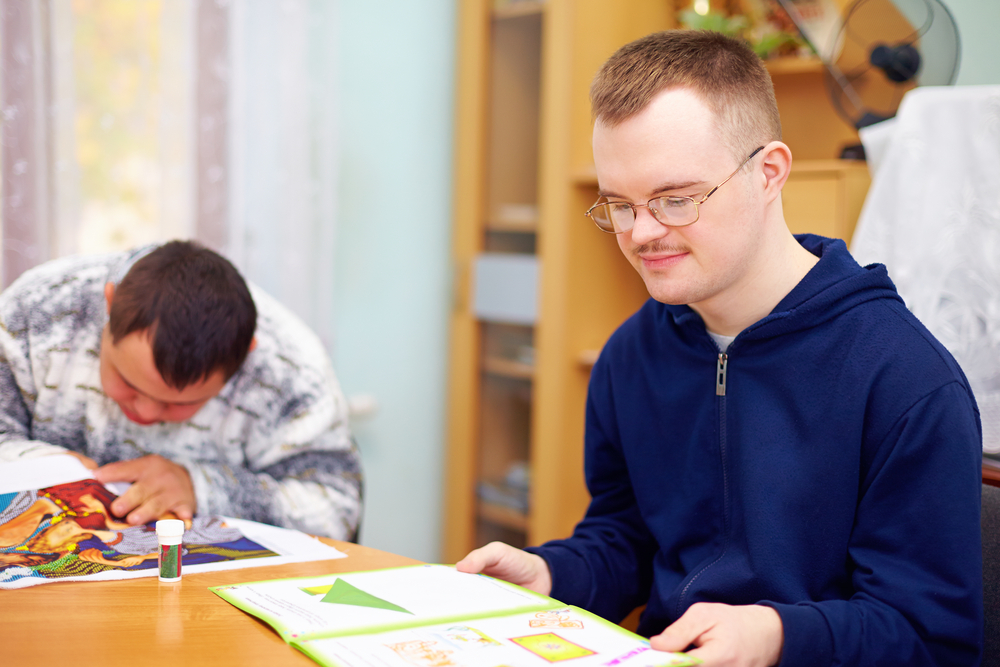
If a child is struggling with severe challenges in general education then there is a possibility that they may have an undiagnosed learning disability. By law, public schools are required to provide a free appropriate public education for students with learning disabilities.
This means that any student who is thought to have a possible learning disability must be appropriately assessed and any student who is found to have a learning disability must be provided with appropriate instruction, modifications and accommodations so that he or she can progress in the general curriculum.
Assessment For Learning Disabilities
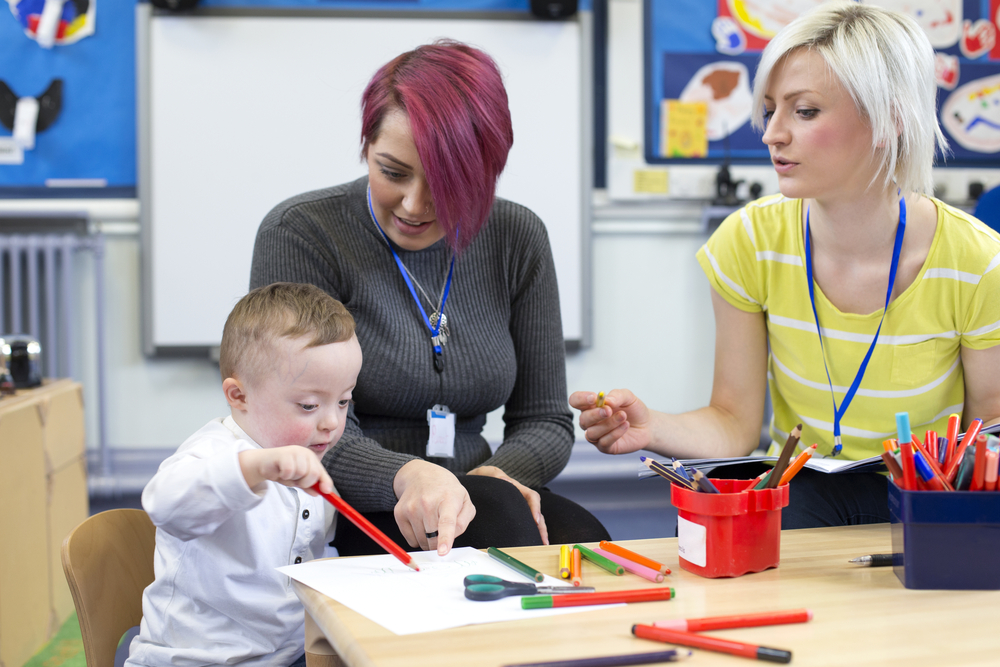
If a child is suspected of having a learning disability then the school will seek parental consent to evaluate the child to determine if a learning disability is present. A parent may also request that an evaluation be done.
The assessments conducted by the school district must comply with the legal requirements of the federal Individuals with Disabilities Education Act (IDEA) and any applicable state laws. That means that, at a minimum, all evaluations must be free from bias and administered by qualified people.
Furthermore, the student must be evaluated in all areas of suspected disability. The evaluation procedure should include more than one form of assessment. For example, a comprehensive evaluation should include formal assessments, teacher evaluations, parent reports, a review of the student’s educational record and classroom observations.
Learning Disability Strategies and Treatment
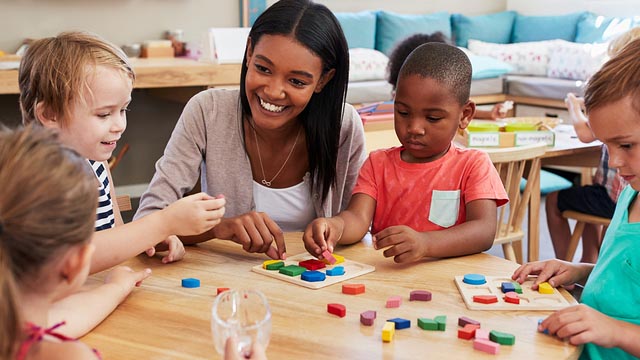
There is no medication, nor is there a cure for learning disabilities. That does not, mean, however, that children with learning disabilities do not have treatment options.
Public school students with learning disabilities that affect their progress in the general education curriculum are eligible for special education. Special education requires that a team, which includes professionals who conducted the assessments, a general education teacher, a special education teacher, the parent and others convene to develop a plan (IEP) for the child to make progress in school.
The IEP will specify certain types of specialized instruction and accommodations that the student should receive. Each plan is required by law to be individualized to the student for whom it is drafted. Therefore, each plan may contain different modifications and accommodations for different learning disabled students.
Specialized Instruction
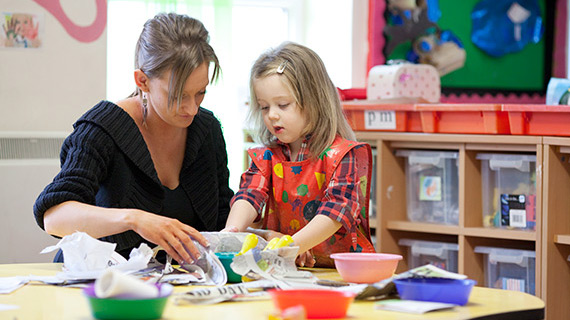
Students with learning disabilities are only eligible for special education if their disability impacts their progress in the general education curriculum and they are in need of specialized instruction - which is a change in how the teacher provides instruction for that particular student as opposed to the whole class.
Some students will also need accommodations that do not change the way in which the instruction is provided but makes the material more accessible for the student.
Accommodations
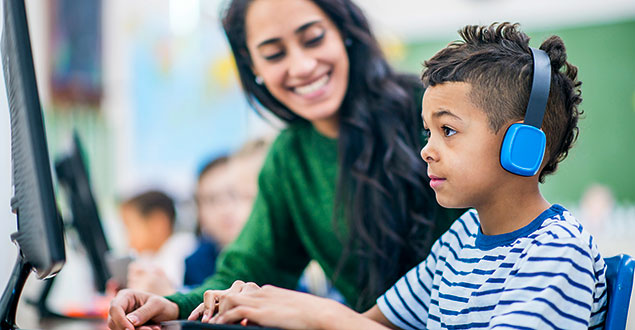
There are many accommodations that can be written into your child’s IEP to help them succeed in the general classroom. Accommodations are strategies that make it easier for your child to learn but do not change the way in which the instruction is provided.
However, not every learning disabled student needs every possible accommodation. Some common accommodations include extra time on tests. Extra time removes the pressure of having to work too fast and allows the student adequate time to think through each problem.
Other common accommodations include providing support for the particular student’s learning style. For example, accommodations could be made to audio tape a class if the student is an auditory learner and would benefit from hearing a second presentation of the material.
Likewise, if the student is a visual learner, accommodations could be made to give the student a copy of the class notes.
Assistive technology, such as the use of computers, specific computer programs and other devices can also be useful for students with learning disabilities
Monitoring
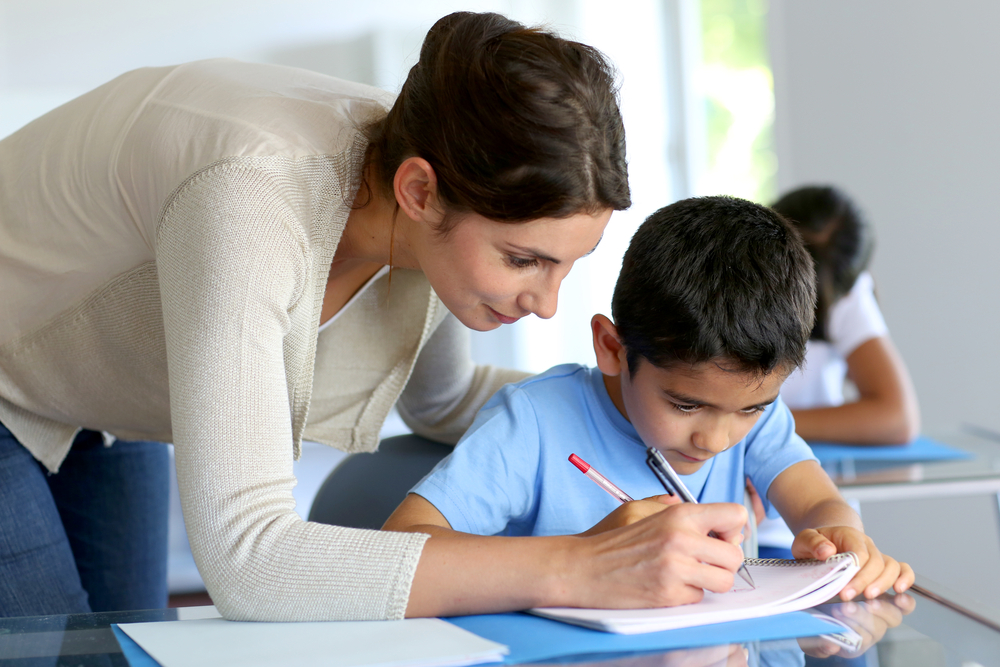
It is important for both the parents and the teachers to carefully monitor the progress of a student with disabilities to make sure that the student is meeting his or her IEP goals and progressing in the general curriculum.
If the student is having trouble either with the IEP goals or the general curriculum, the IEP Team should re-convene and revise the IEP as necessary to provide the student with the needed support.
A learning disability is not a life long sentence to struggling in school or getting bad grades. Special education is designed to provide a student with a learning disability with the tools that he or she needs to be able to learn.
Once a child is provided with the support and resources they need, there is no reason why they cannot go on to be successful students and achieve their goals later on in life.
